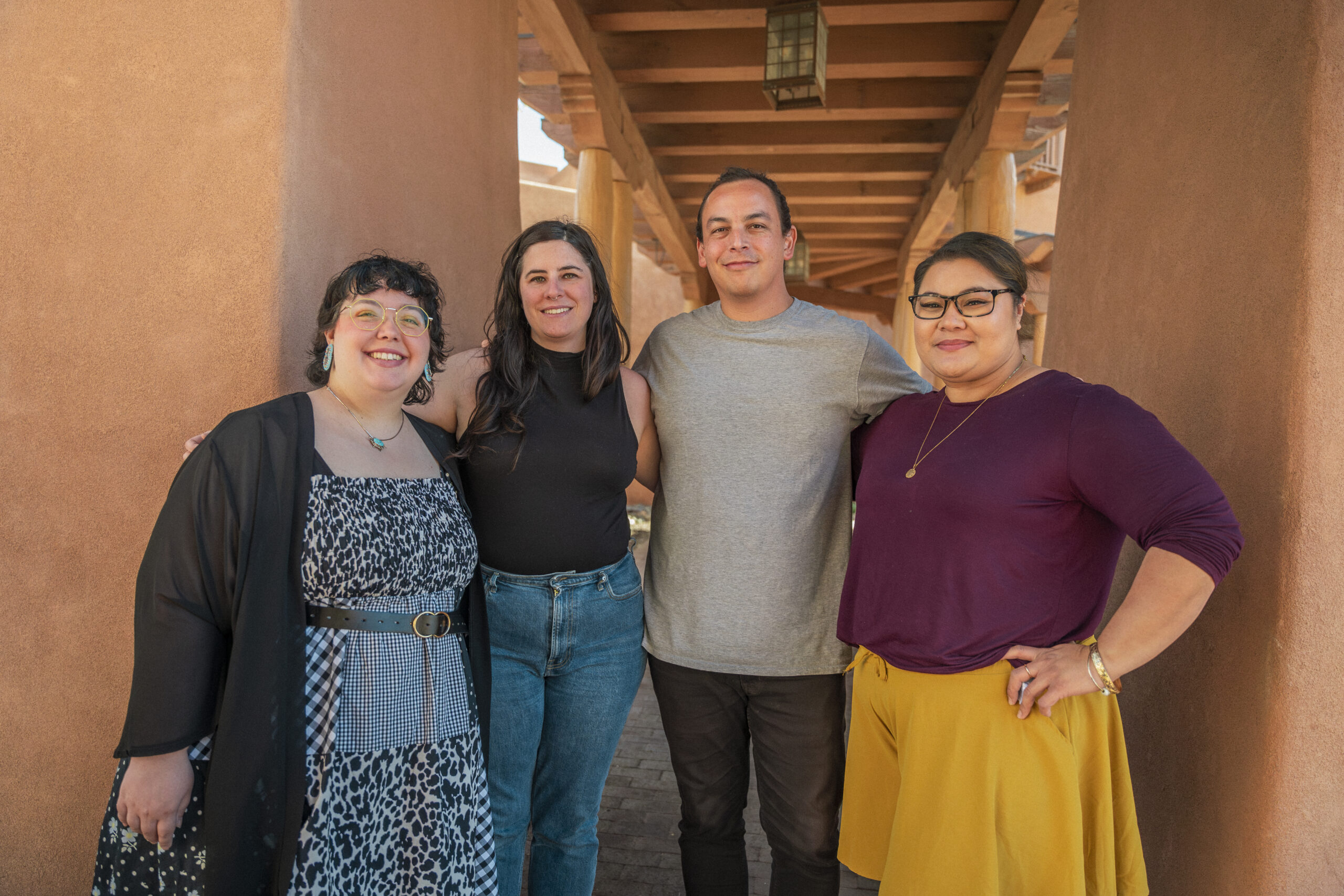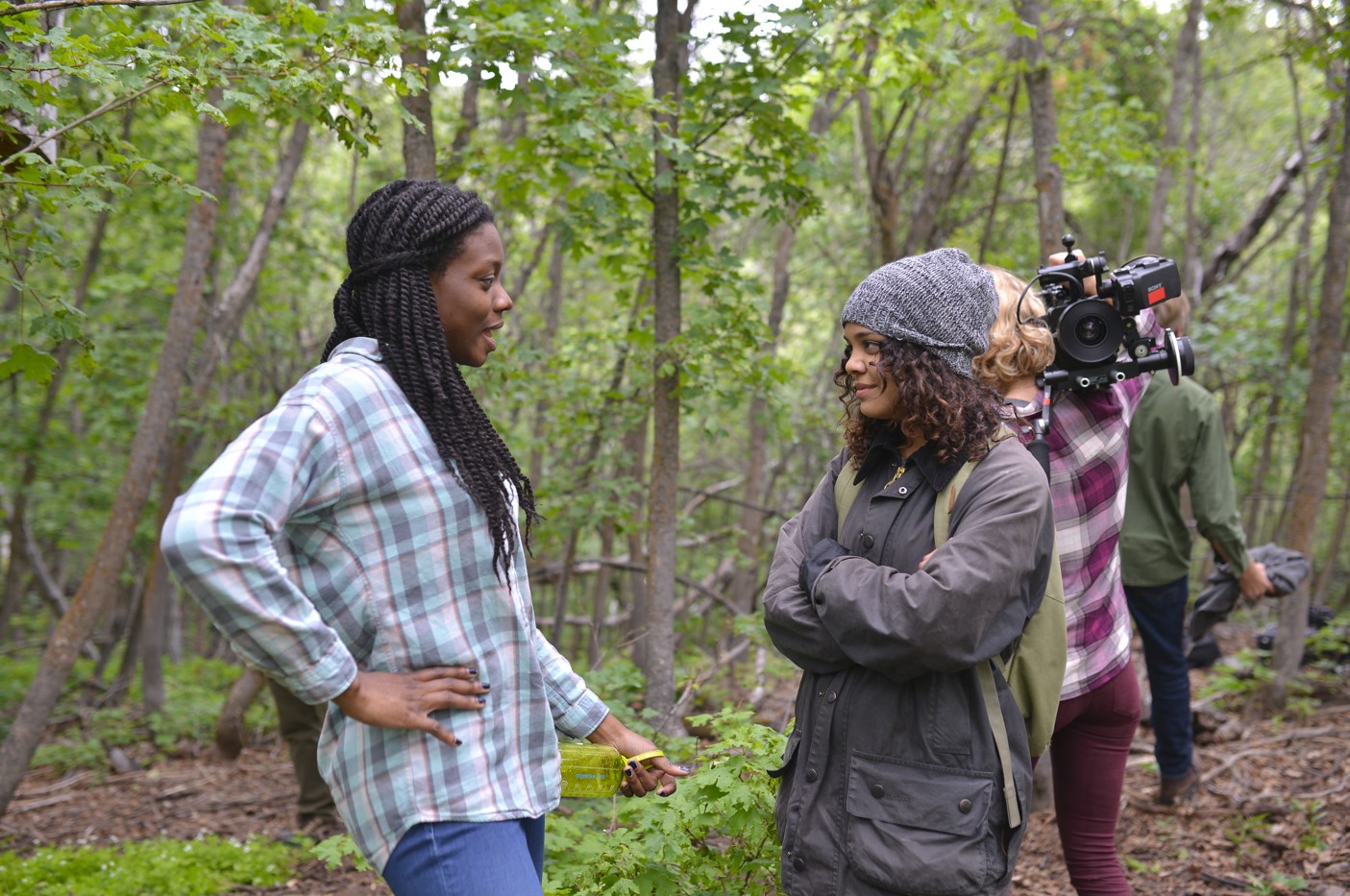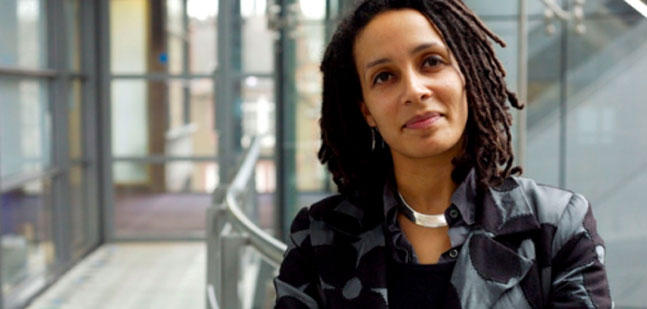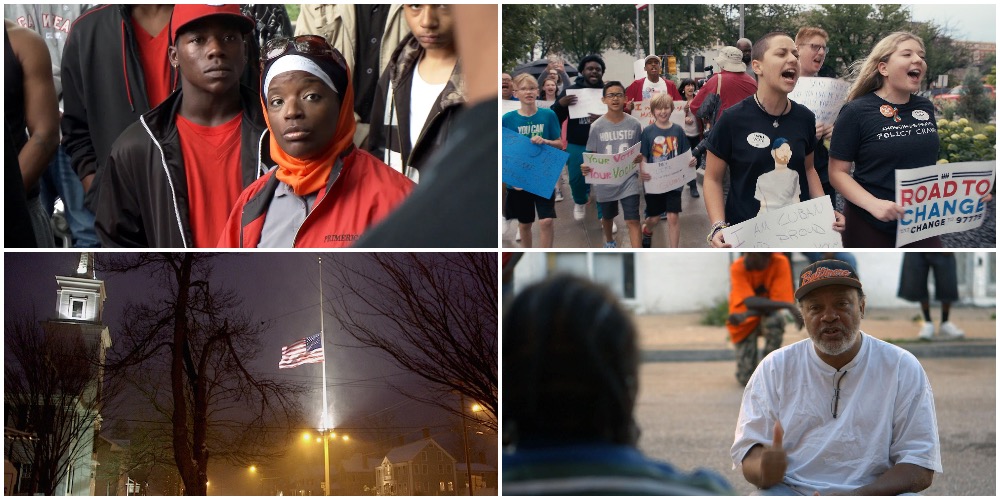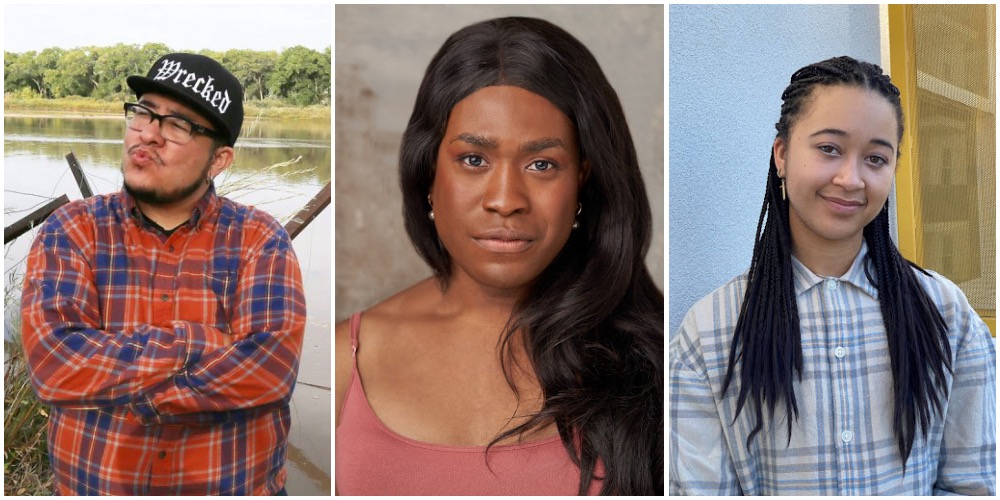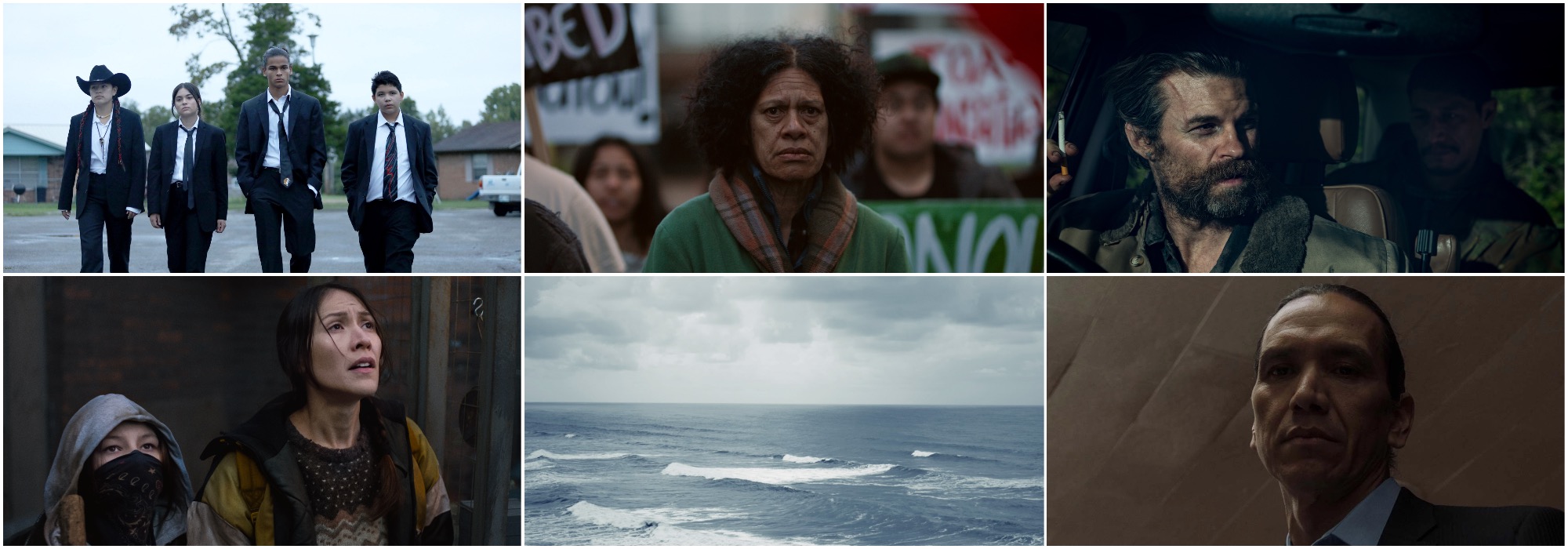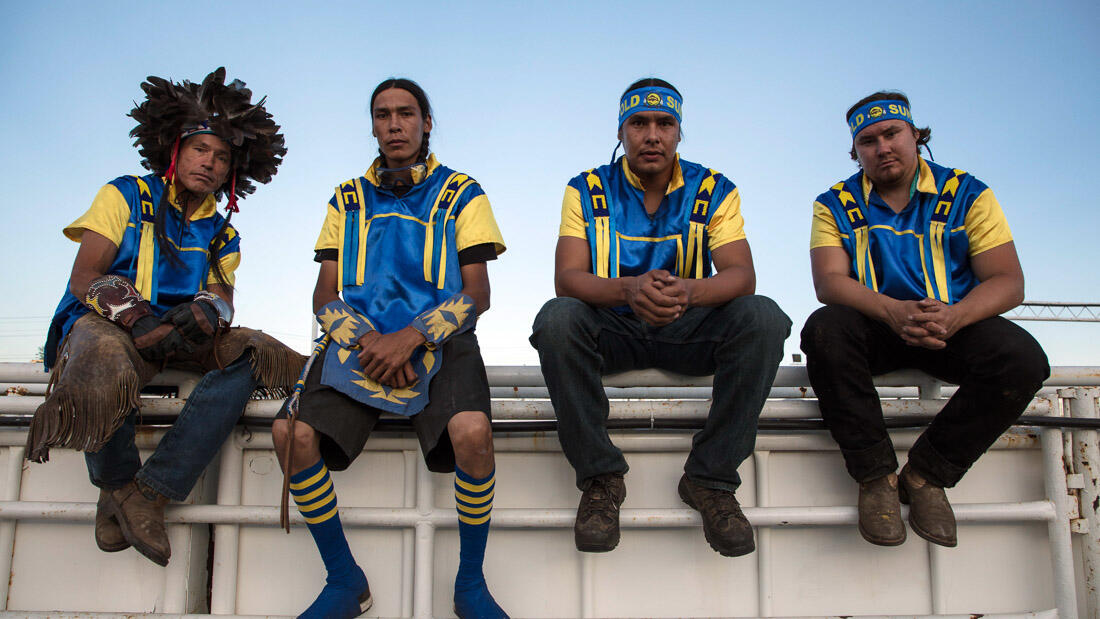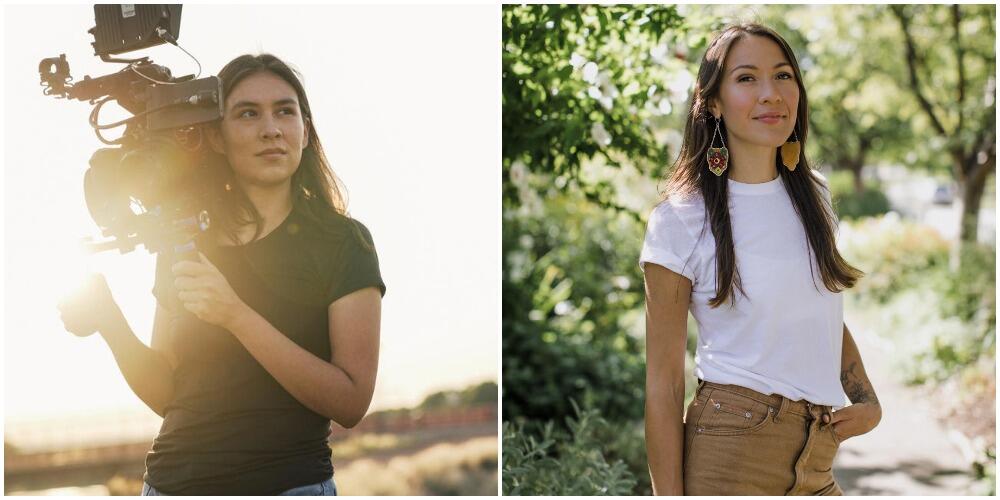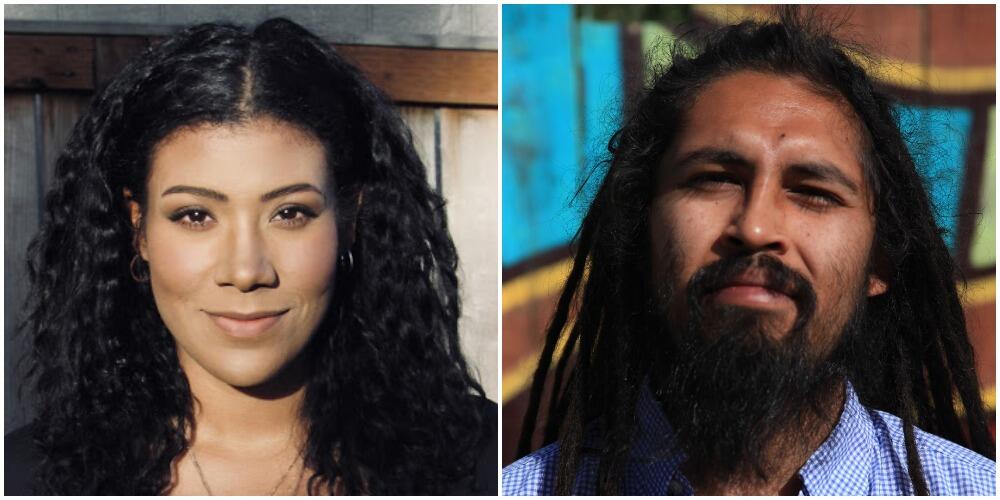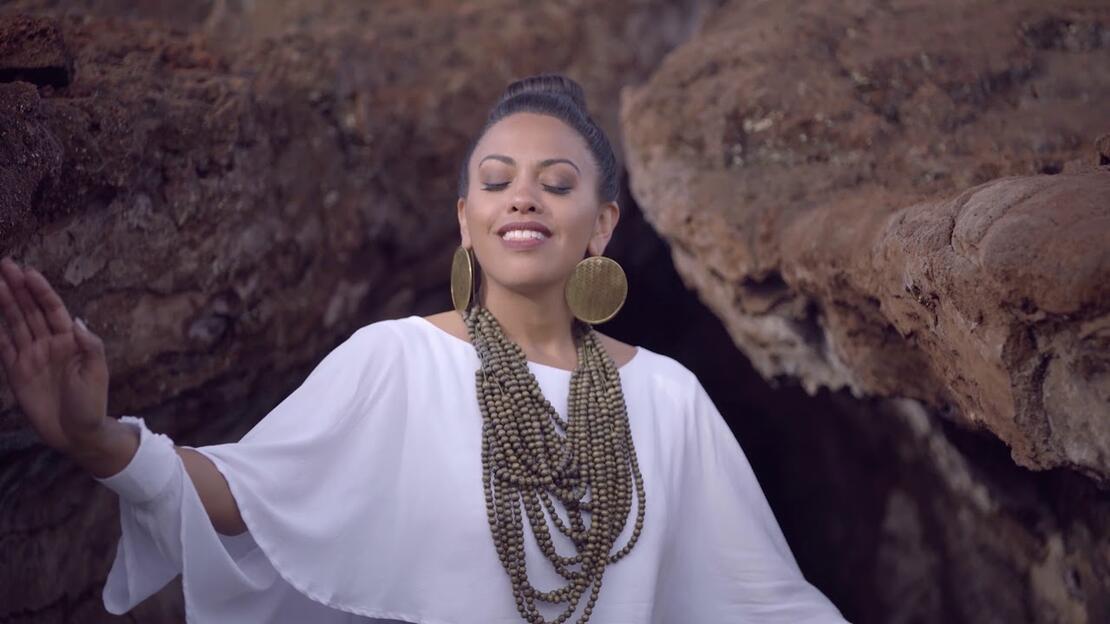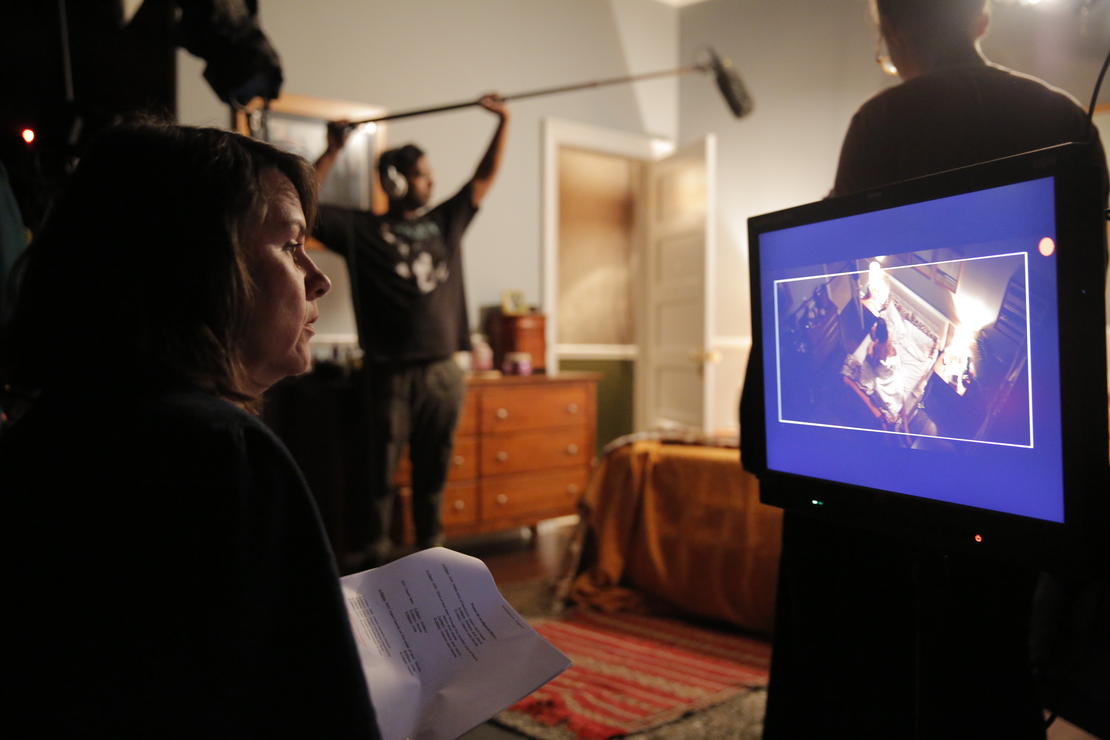Since its founding, the Sundance Institute has supported and advocated Indigenous artists and voices. Today, nearly 40 years later, in a continuation of our commitment to Indigenous artists, we are proud to publish a new series, Perspectives, from the Sundance Institute’s Indigenous Program, featuring Indigenous artists who have been supported by the Institute’s Indigenous Program and whose work continues to broaden and champion all Indigenous experiences. As we prepare to close out Black History Month, we present the first in the series, in which we talk with artists Miciana Alise (Tlingit) and Daniel Hyde (Navajo).
